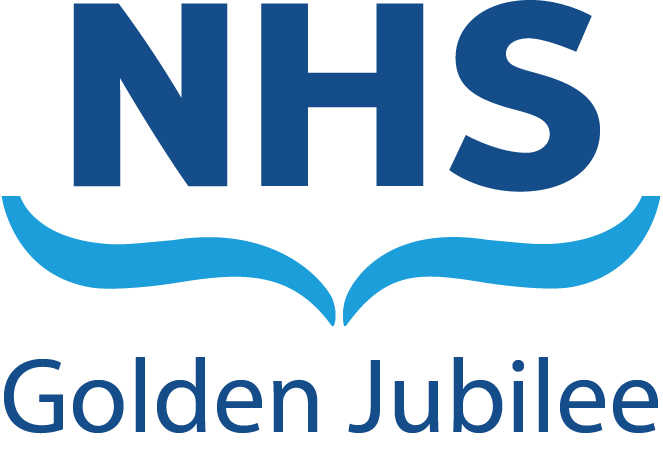Clinical presentation
Patients with PAH are often asymptomatic in the early stages and it is only as the condition becomes advanced and exercise tolerance limited that they present to medical attention. Initial symptoms can be non-specific and a high proportion of cases are misdiagnosed at first presentation.
There can be a delay of several years between first onset of symptoms and final diagnosis and this delay is not falling over the years (see table below)
|
Delay Between First Symptoms and Diagnosis (yrs) |
Proportion of Patients in Functional Class III or IV at Presentation (%) |
|
| American Registry 1987 (1) | 2.03 | 71 |
| French Registry 2006 (2) | 2.25 | 75 |
Presenting Symptoms
The American prospective study (1) identified the common initial symptoms of the condition and these are summarised in the table beside.
| Initial Symptoms | Patients (%) |
| Dyspnoea | 60% |
| Fatigue | 19% |
| Syncope or near syncope | 13% |
| Chest pain | 7% |
| Palpitations | 5% |
| Leg oedema | 3% |
Examination Findings
The signs of pulmonary hypertension are those of right heart strain and right heart failure and include:
Signs of right heart strain
-
a left parasternal heave
-
loud second heart sound (P2)
-
widening of the physiological splitting of P2
-
pansystolic murmur of tricuspid regurgitation (TR) at the left sternal edge
-
early diastolic murmur of pulmonary regurgitation
Signs of right heart failure
-
right ventricular third heart sound
-
elevated JVP
-
hepatomegaly
-
peripheral oedema
-
ascites
The lungs are usually clear with no pleural effusions unless pulmonary veno-occlusive disease (PVOD) is present.
Investigations
CXR is abnormal in 90% of cases (prominence of the main PA, the RV or RA; enlarged hilar vessels; decreased peripheral vessels)(3).

ECG shows right axis deviation in 79%, right ventricular hypertrophy in 87% and right ventricular strain in 74% (1,3). Arrhythmias are rarely seen on the ECG.

Transthoracic echocardiography is the best non-invasive method for establishing the likelihood of pulmonary hypertension. The peak velocity of the TR jet (TRVmax or v) can be used to calculate the Tricuspid Regurgitation Pressure Gradient (TRPG):
TRPG = 4 x v squared
Using this, we can estimate the right ventricular systolic pressure (RVSP) using the formula:
RVSP = TRPG + RAP
where RAP is the right atrial pressure (~5-10mmHg in the normal subject, estimated by the diameter and respiratory variability of the IVC). In most cases RVSP is equivalent to systolic pulmonary artery pressure (sPAP or PASP), and mean pulmonary artery pressure (mPAP) can be calculated using the equation:
mPAP = 0.61 x sPAP + 2mmHg
Whilst cardiac echo is a very useful tool it can only estimate PA pressure in the presence of a TR jet (~74% of subjects). Additionally the correlation between pressures at cardiac echo and cardiac catheterisation is good (0.57-0.93) but not perfect and the actual value must be confirmed invasively.


(1) Rich S et al. Primary pulmonary hypertension. A national prospective study. Ann Intern Med 1987; 107:216-223.
(2) Humbert M et al. Pulmonary arterial hypertension in France. Results from a national registry. AJRCCM 2006; 173: 1023-30.
(3) Galie N et al. Guidelines for the diagnosis and treatment of pulmonary hypertension. Eur Heart J 2009; 30:2493-2537.

